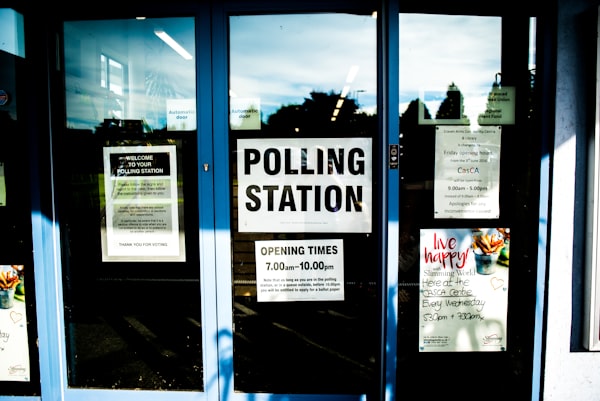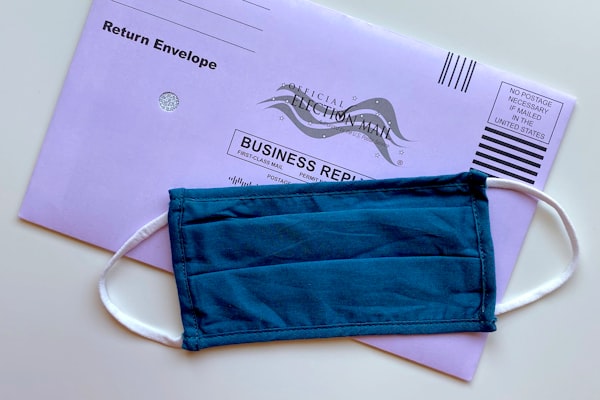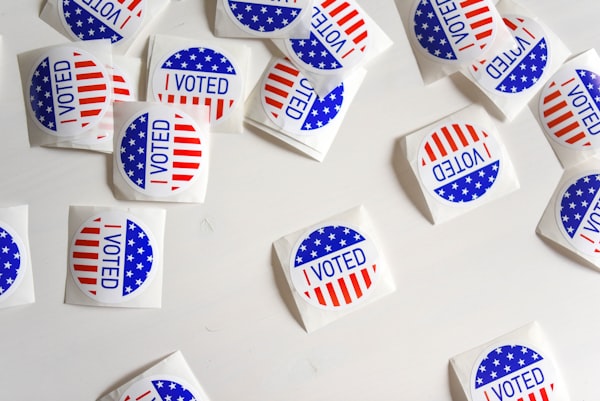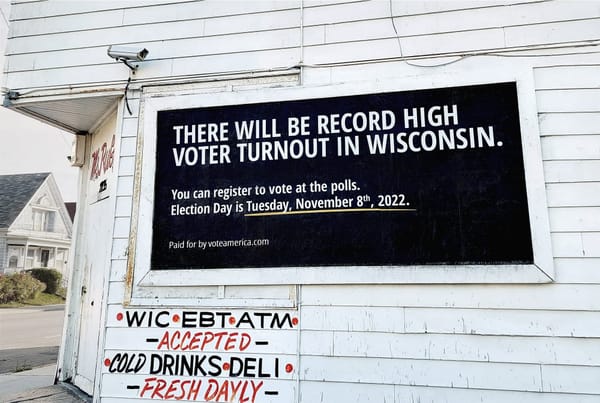VoteAmerica’s November 2020 cold SMS program encouraging in-person voting
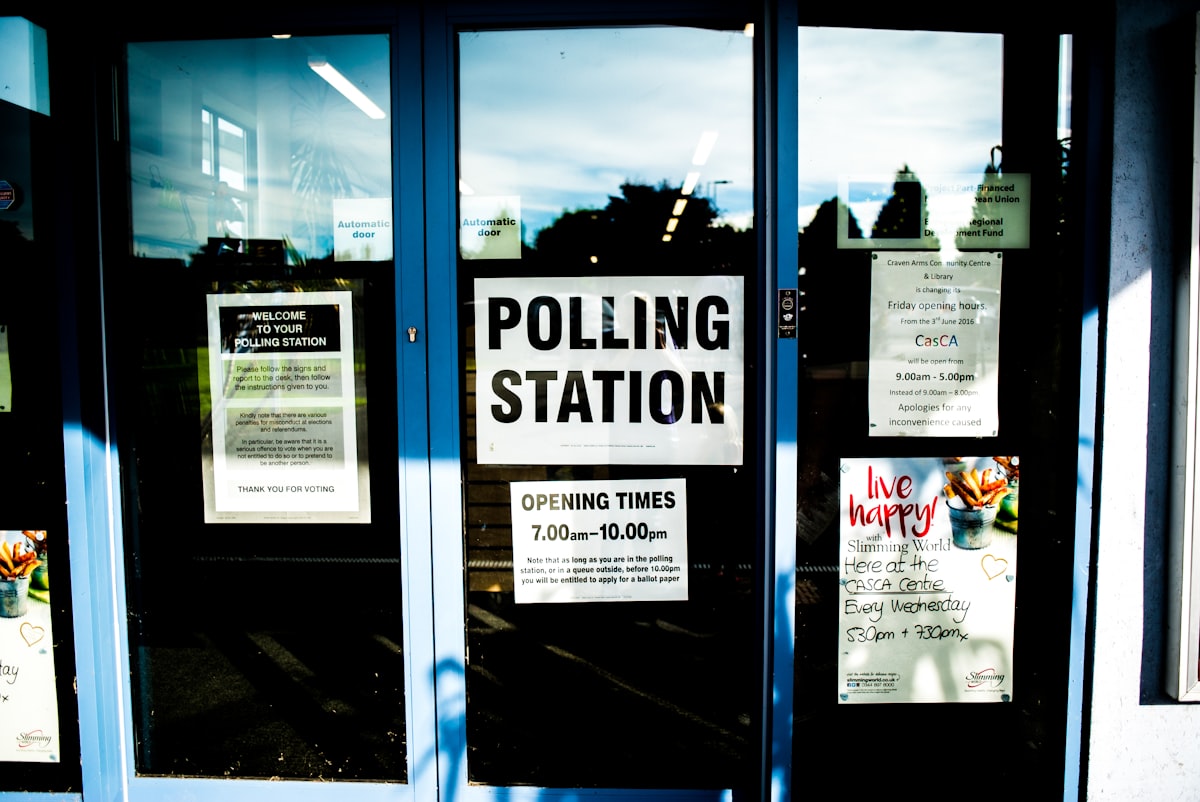
Research and analysis by Rachael Firestone, Jennifer Lauv, and Christopher Mann. Memo and additional analysis by Scott Minkoff.
For the 2020 general election cycle, VoteAmerica ran an 18-state peer-to-peer (P2P) SMS text messaging campaign aimed at getting people vote in person, either during the early voting period or on Election Day. (P2P is also known as cold SMS because the recipients do not have an existing relationship with VoteAmerica and therefore the relationship is not a "warm" one.)
The campaign was focused exclusively on states that allow for early voting. In total, VoteAmerica contacted 11,926,110 potential voters with up to five different messages. All of these potential voters were in VoteAmerica’s target universe of historically low-turnout populations including people of color, people under 35, and unmarried women. It was a two phase program. In the first phase people received up to four text messages reminding them to vote early. Those for whom records indicated they had not already voted received the second phase: a final text message reminder to vote on Election Day. Those five text-messages are presented in Figure 1.

In an effort to evaluate the effectiveness of the campaign, VoteAmerica ran an experiment where a limited number of recipients were randomly selected to create a control group that would not receive any text messages from VoteAmerica. Note that in an effort to ensure that VoteAmerica reached as much of its target universe as possible, the experiment used a very small control group (132,327, 1.10%). This control group (which is broken down by state in Table 1) can be compared to those who did receive the text-messages.
Table 1. Treatment and Control Cell Phone Numbers by State

Results and discussion
Unfortunately, the program did not have a statistically significant effect on voter turnout as a whole or within voting propensity groups (low-propensity, mid-propensity, high-propensity). While there was some state-to-state fluctuation in effectiveness, they do not collectively indicate that the program was successful at significantly boosting voter turnout.
On top of the program described above, VoteAmerica contacted an additional 196,182 cell phones (primarily in Mississippi and South Carolina) in the final days of the campaign. As with the other program, only people in VoteAmerica’s target universe were contacted. These phones received one or two Election Day voting messages. A control group of 2,218 people (1.13%) was randomly selected for comparison. Though an under-powered experiment, it produced similar insignificant results as the main program.
While these are not ideal results for VoteAmerica, it is essential to consider two points of context.
- Point of Context 1: The 2020 election had historically high turnout and a campaign environment where political messaging was ubiquitous. VoteAmerica’s text messaging program was run amongst an untold number of other text-message voter mobilization programs. This is not a great environment from which to gauge programmatic effectiveness for this kind of mobilization campaign because so many people were being inundated with similar political information.
- Point of Context 2: In an effort to maximize the reach of the program, very small control groups were used. While these control groups were demographically similar to the groups who received the text messages, its small relative size is not ideal for measuring effects.
